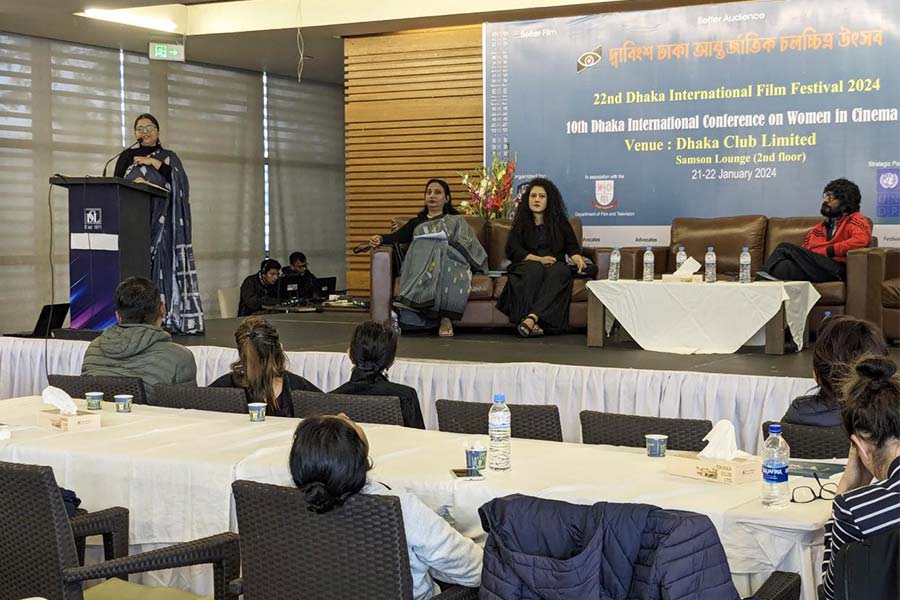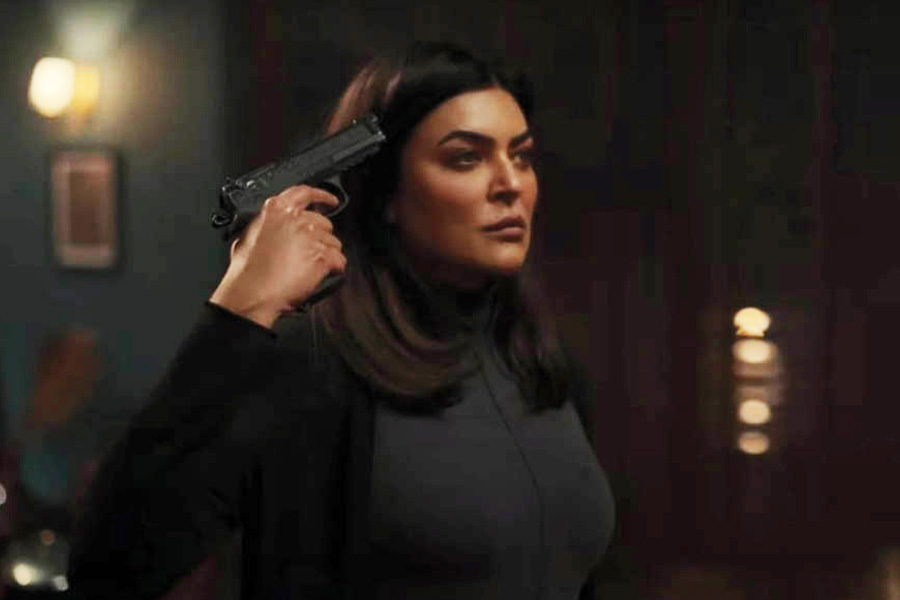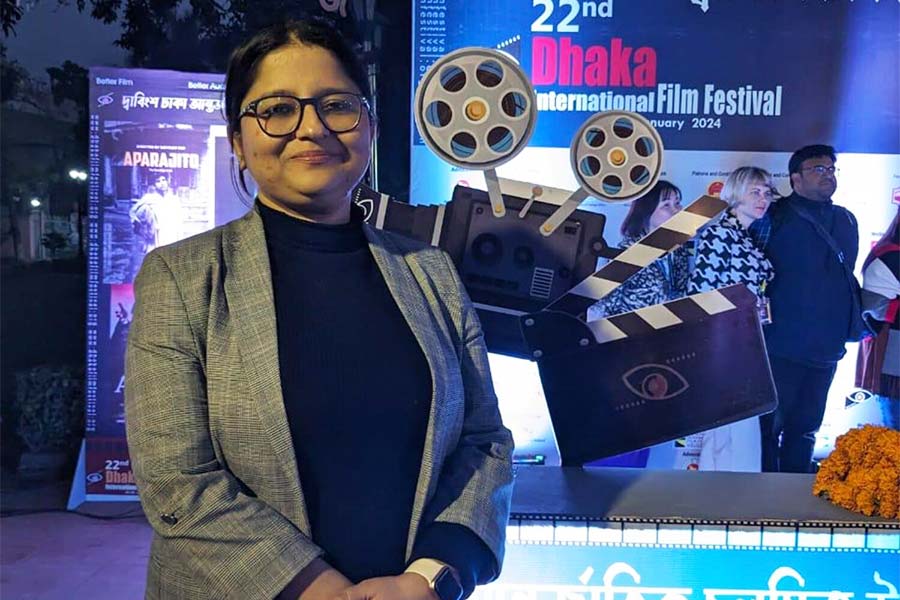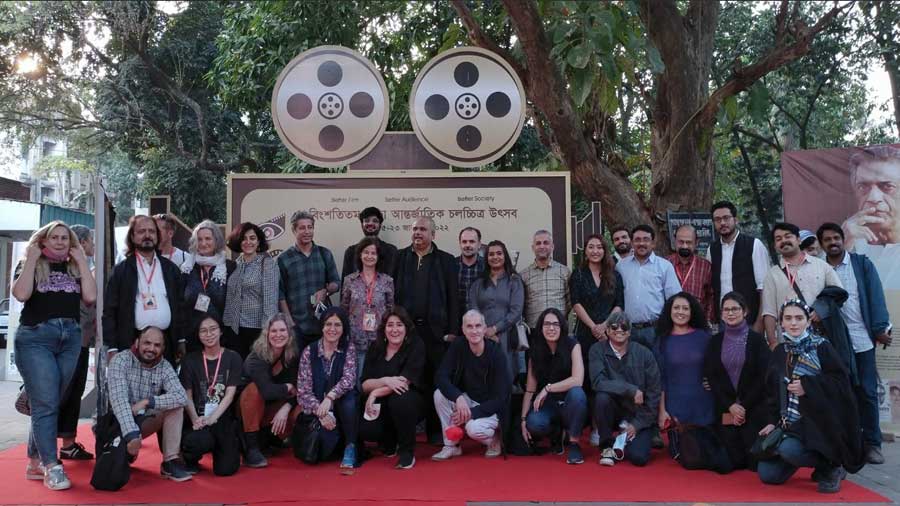“There’s a dearth of independent women filmmakers in the industry, how many women are even writing cinema nowadays?” Arguing on “women in filmmaking” and the lens of female representation in cinema, Ipsita Barat, head of the department of mass communication and videography at St. Xavier’s College, Kolkata spoke about the need to look at the larger picture and enquire about the state and extent of women filmmakers in an exclusive interview with My Kolkata.
Barat, who holds a PhD from Jadavpur University and a master’s degree from AJK Mass Communication Research Centre, Jamia Millia Islamia, is a critic and scholar of Hindi cinema. “The gender gap isn’t solely a question of pay, but rather an inquisition into whether cinema as an industry is sustainable for women. Akin to medicine, filmmaking is a time-consuming profession, and women, who, for a variety of reasons, bear the societal pressure of serving as the primary caregivers at home, usually find themselves lost in the maze,” said Barat.
‘How many female washrooms do you find on sets?... How safe do women on the shooting floor feel?’

Barat presents her paper on the intersectionality of motherhood and filmmaking at DIFF 2024
Alongside stalwarts in academia such as Mehzad Ghalib and Shohini Ghosh, Barat presented her paper, “Navigating Dual Identities: An Exploration of Intersectionality in Motherhood and Filmmaking” at the 22nd Dhaka International Film Festival in January. A year ago, she had argued about “The Eye Behind the Cinema: Reflections on the Woman Workforce of Contemporary Bengali Cinema in India” at the same event. While the first paper discusses motherhood as a social construct rather than a facet ordained by nature, the second delves into the interpersonal lives of erstwhile and contemporary Bengali women filmmakers like Kanan Devi, Manju Dey and Sudeshna Roy in comparison to extant Bollywood women filmmakers like Farah Khan. “A woman’s social need to serve as the primary caregiver stunts her growth in cinema. However, that should not be the reason behind not being able to pursue what one’s heart yearns for. Outlining exactly how a situation like this can be managed is what I aim to achieve through my research,” said Barat, who served as a keynote speaker for the 2024 conference in Dhaka inaugurated by Sharmila Tagore.
“Let’s start with the basics. How many female washrooms do you find on sets? Are there sanitary napkins available for menstruating women? How safe do women on the shooting floor feel? Shoots tend to run late, what mechanisms are in place in the broader playing field concerning late-night conveyance?” asked Barat, before drawing attention to how women, even today, mostly occupy certain pre and post-production pockets such as makeup artists or editors. Female presence on the floor of sets (apart from actors) remains minuscule.
‘I have a problem with putting mothers on a pedestal in series like Aarya’

Sushmita Sen in ‘Aarya’
Barat also stated how women directors who have tasted fame through women-centric dramas are expected to only dwell in that genre. “Conversing with Pritha Chakraborty, director of Mukherjee Dar Bou, led me to understand how she wants to diversify into thrillers and action films. But as she has established herself as a woman who deals with drama, that’s what is expected of her now. I don’t think the same stands true for men. They enjoy casting a much wider net. Plus, how much women-centric content is made by women nowadays? Most female directors in Bengal seem to work only in collaboration with men,” shared Barat.
“As for women on screen, I sometimes have a problem with series like Sushmita Sen’s Aarya. To begin with, it portrays a mother as a self-sacrificial figure whose sole purpose in life is to secure the well-being of her children. It puts mothers on a pedestal, showing them as puritans who take to crime not because they are predisposed to it, but only because they have to seek vengeance for their children. Then, unimaginable crimes are spared under the garb of good over evil,” said Barat while mentioning how the paradigms are different for men who can essay roles of gangsters and drug lords irrespective of being fathers, as their parenthood serves only as a segment of their life rather than their complete identity.

Barat with fellow attendees at DIFF 2024
However, Barat believes the narrative is gradually changing: “Characters like Swastika Mukherjee’s in Qala are deviating from the norm. The fact that mothers can falter and motherhood depends on an individual’s character rather than an all-encompassing moral force is becoming more prominent.” Barat feels that OTT is spearheading the path to equitable gender representation as it carries the onus of being accountable to a wider and more demanding audience. “Filmmakers can’t get away with anything and everything… Today, the content is glocal…just like an Alu Tikki Burger,” described Barat. But Barat is not sure that it is the Indian audience that is necessarily driving the feminisation of content on OTT. “There isn’t a huge difference between audiences going to the multiplex and audiences watching on OTT. And yet, theatrical content, especially Hindi cinema, differs vastly from OTT.” Why so? Maybe that could be the focus of Barat’s next illuminating paper.


